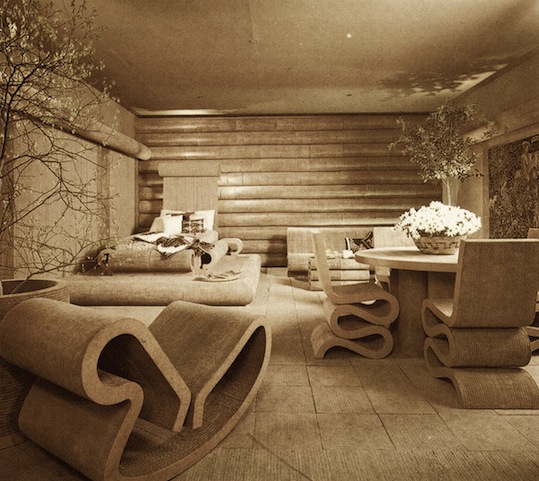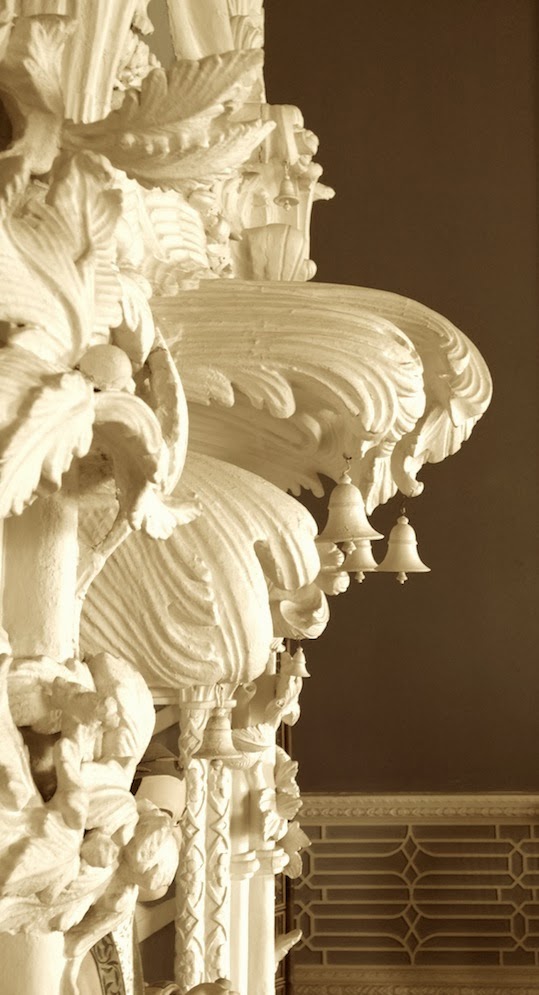 |
| Photo: Imke Klee & Antonios Mitsopoulos |
Did you know? Being the combination of red and blue, the warmest and coolest colors, purple is believed to be the ideal color. Red is a focusing, dynamic and active energy while blue is cooling, calming and expansive. For this reason, violet is associated with imagination and inspiration.
Purple is the color most favored by artists. Purple symbolizes nobility and luxury to most people in the world.
Purple’s rarity in nature and the expense of creating the color has given purple a supernatural aura for centuries. If we go back to our pre-historic existence, our ancestors probably never saw a purple fruit, flower, bird, fish - or any living thing - because purple is very rare in nature.
The earliest purple dyes date back to about 1900 B.C. It took some 12,000 shellfish to extract 1.5 grams of the pure dye - barely enough for dying a single garment the size of the Roman toga. It’s no wonder then, that this color was used primarily for garments of the emperors or privileged individuals. Over the course of history, purple pigments and dyes became less costly and complex, but one thing has remained the same: Purple symbolizes nobility and luxury to most people in the world.
The Science of Purple Energy Science has revealed much more about purple than our ancestors ever realized: Purple is the most powerful visible wavelength of the rainbow and of electromagnetic energy. It’s just a few steps away from x-rays and gamma rays. Perhaps this explains why purple is associated with supernatural energy and the cosmos.
Symbolism One of the most significant aspects of purple’s symbolism is the generational divide. Most young people view purple as a happy color. Older adults view the color through a broader perspective and sometimes associate purple with negative meanings like decadence, conceit, pomposity and mourning.
Purple tends to be a color that people either love or hate.
 |
| The evil-minion |









































RMN+-@Jean-Gilles+Berizzi.jpg)








